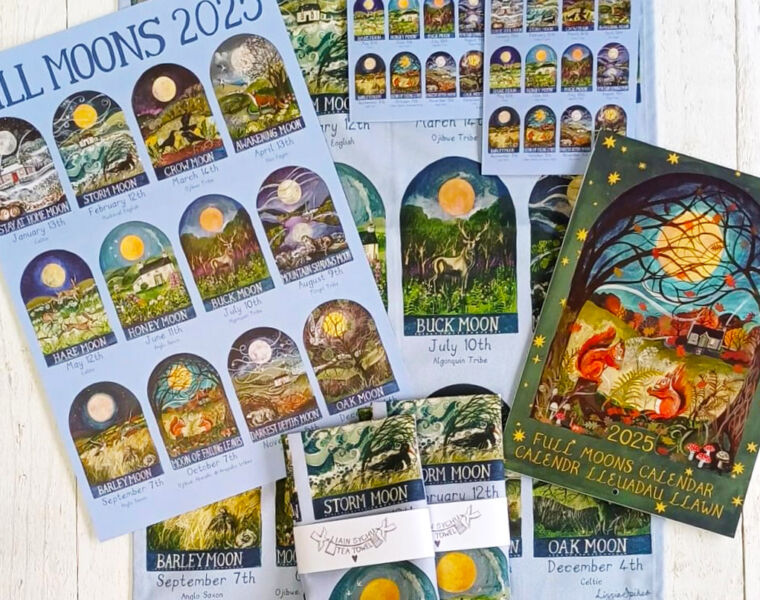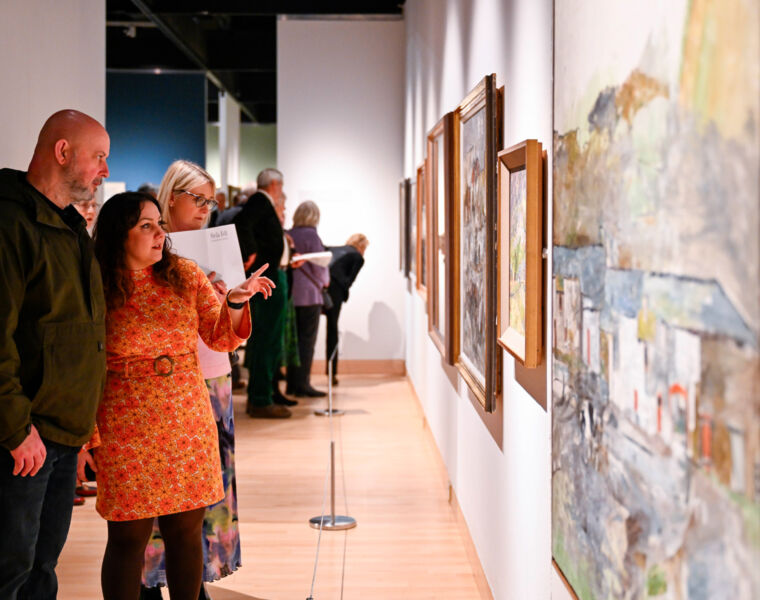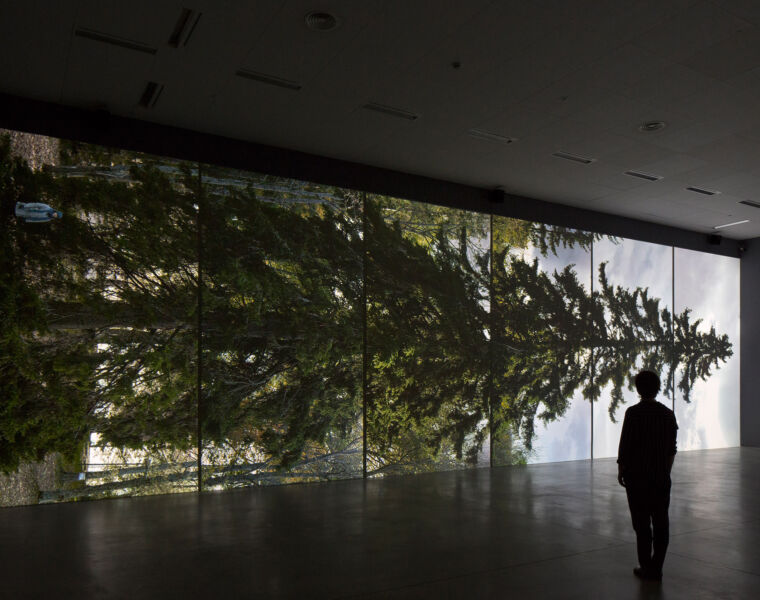
A New Approach to Design: Objects Have Personalities – Their Behaviour Reflects the Function
Among these objects is his crystal flower vase – the Gauge. It takes on the behaviour of the flower itself. The weight of the water holds the vase upright. The vase ‘wilts’ as the flower drinks the water, letting us know that it needs a top-up.
The vase brings a new dynamic to the design industry. No more are products static objects in the home, but are now full of animation. They are there to be played with.
Something is normally lost when we bring flowers indoors. The flowers are no longer animated by a breeze because the vase holds them rigid. The flowers cannot properly wilt when they are dying because the vase keeps them straight.  However, the Gauge is designed for leaning and swaying, returning to where it best balances.
However, the Gauge is designed for leaning and swaying, returning to where it best balances.
Jim forces us to view ordinary home objects in a new light. They can now be sculptural, innovative and full of life. This approach is seen across the entire range: a decanter that gets drunk with the drinkers (’13° 60° 104°’ – winner of the Reddot Design Award) and a bowl which can be timid and hide its contents, or flaunt it, if it wishes to share (’22° 36° 48°’ bowl).
Creating each flower vase involves extensive work. These vases are mouth-blown in the Czech Republic, where the designer’s grandparents lived. Established in 1712, the glassworks is the oldest still working glass factory in Bohemia. It is perfectly positioned, where timber surrounds the factory, water springs from the ground and quality glass sand is obtainable locally. The glassworks live deep in the woods of the Giant Mountains of Bohemia. The juxtaposition of the modern vase with its traditional making technique introduces a unique heritage for the product. The owner feels connected with its past and origin.
 The designer and manufacturer match is surprising – a modern multi-award winning designer working with one of the oldest and most highly regarded glass factories in the world… but it works. Petr Novosad, the manufacturer, explains:
The designer and manufacturer match is surprising – a modern multi-award winning designer working with one of the oldest and most highly regarded glass factories in the world… but it works. Petr Novosad, the manufacturer, explains:
“Working with modern designers can sometimes be very difficult and challenging. However, it brings new ideas to our production and brings attractiveness to our glass factory.”
The designer and manufacturer duo were introduced by the Enterprise Europe Network and won an award for their collaboration.
The most challenging aspect of the project by far was discovering a manufacturer who was willing to take on the small numbers required. In addition to this, the desired shape of the vase was very difficult to achieve. The wall thickness at the bottom of the vase is required to be thicker than at the top.  Whilst the glass does naturally form this way, the first samples were still too thin at the bottom: more weight is needed down there, to overcome the top-heavy flowers. Jim did agree to squash the bowl very slightly, to give more stability, but only by a millimetre. This was so that the change would be imperceptible to the eye.
Whilst the glass does naturally form this way, the first samples were still too thin at the bottom: more weight is needed down there, to overcome the top-heavy flowers. Jim did agree to squash the bowl very slightly, to give more stability, but only by a millimetre. This was so that the change would be imperceptible to the eye.
The vase is mouth-blown into a wooden mould. The mould’s join line is polished out by rotating the vase as it is blown. The incredible production difficulty is caused because the very long and thin molten neck must rotate the large bowl sitting at the bottom mould. The friction between the bowl and wood is difficult for the delicate neck to overcome and many rejects are made when the neck buckles and twists.
The manufacturer and Jim had formed a close working relationship, which made it possible to overcome these enormous challenges.
For more information visit www.rokos.co.uk




You must be logged in to post a comment.